Thunderbeard participates in cleanup efforts with environmental partners all over the United States throughout the year. If you would like us to work with you on an event or project please contact us.
ARKANSAS RIVER PROJECT
Project Timeline: Ongoing
This project will be an ongoing plan to target multiple sections of the Arkansas River, and will eventually become the blueprint for TORO river projects all across the United States.
The Arkansas River Basin drains 24,904 square miles and is CO’s largest river basin, yet has relatively few major tributaries.
The south Arkansas River joins the mainstream near the town of Salida. Other tributaries include Fountain Creek in Pueblo and the Purgatoire River just upstream of John Martin Reservoir. It is a popular river for anglers and sees heavy traffic from early spring to fall each year. As a result, spare fishing line resulting from anglers adjusting their rigs finds its way into the river every day. In some parts of the country, recycling programs have been implemented, largely consisting of installed “collection bins” for anglers to deposit fishing line when leaving the river. These programs have helped decrease the amount of line found in some rivers, but they are not widely implemented and are usually under funded.
The Arkansas is also frequented by river sport enthusiasts, so this river clean up will target any trash located on shore or that can be retrieved from within the river. The group will meet at Buena Vista, CO and work south towards Salida, accessing the river at designated spots. Additional time and focus will be spent at these designated river access points due to the increased traffic in these locations.
There are many types of wildlife harmed by discarded fishing line. They most frequently include birds, turtles, manatee, fish, and dolphin, however these are not the only ones affected. Almost any type of animal you can imagine can be entangled in line, or will try to consume it. A turtle in New York State was found with 560 feet of heavy-duty monofilament in its gut.
Project Lead: Benjamin Olson
National Park and Coastal Survey, CUBA
Timeline: April 23-30, 2016
Later today we embark on our first major international flagship project for Thunderbeard. We hope that this ambitious mission will set a high bar for the goals and achievements of our organization in future events. Our group arrives in Havana from three different countries Saturday and will begin a whirlwind road trip across western Cuba, through four UNESCO World Heritage sites and three National Parks.
Our first stop will be in Vinales Valley, to deliver safety equipment to local climbers. It is impossible for Cubans to outfit themselves with new, reliable gear and clothing unless these items are physically carried into the country by visitors and donated. The 40 pound bag of quickdraws and carabiners that we are dropping off will replace decades-old, rusted and worn sets that climbers trust with their lives.
From there we head to Playa Larga and the Bay of Pigs, where we will be meeting with park officials and a CITMA (Ministry of Science, Technology and Environment) director for Cienaga de Zapata National Park. Our focus in this region will be on the preservation of local endangered species (manatees and Cuban crocodiles), the control and eradication of invasive species (lionfish, catfish and melaleuca trees), and the preservation of this park on the tentative list for UNESCO World Heritage status. We have organized a series of Dive Against Debris events on behalf of Project Aware, and on our dives will be conducting lionfish surveys on behalf of REEF.
Finally we will return to Havana to compile the results of our research and surveys to be submitted to the appropriate organizations and presented publicly. Our main goals on this project are to establish data points for reef and coastal conditions that precede the lifting of the American tourism embargo, and to create cooperative relationships connecting local tourism operators and government officials in Cuba, with environmental groups in the United States suited to assist them in the preservation of the land they live, work, and care for.
This trip has been 8 months in the making, to one of the most logistically challenging and bureaucratically dense places on the globe. We could not do it without the support of our family and friends, and we appreciate every like, share, dollar, and smile that have made this possible. Stay tuned for updates, project reports, pictures, and the greatest video montage you have seen in your life.
Check us out on the Action Map at Project Aware.



